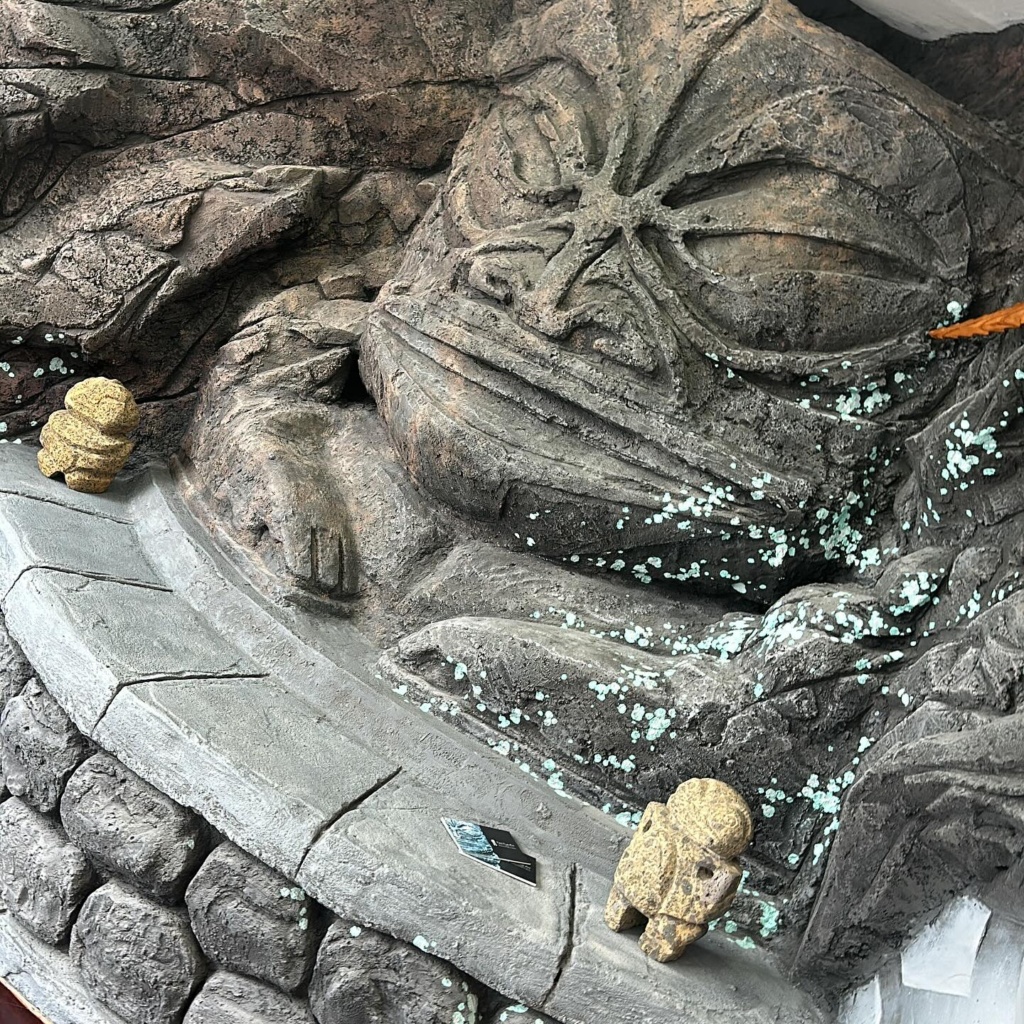Located at the eastern exit of Papeete, next to the Kanti Chinese Temple, a new space is making waves: Kea Kua Art. More than just a gallery or a museum, it is a true sanctuary dedicated to Polynesian arts, where every visitor is invited to remove their shoes before entering, as a sign of respect for this space rich in “mana” (fundamental energy). Through its rocky walls, reminiscent of the sacred caves of the Marquesas, Kea Kua Art stands as a cultural crossroads, a place where the spirit of Polynesia expresses itself through its sculptures and traditions.
The Origin of Kea Kua Art: The Vision of a Polynesian Art Enthusiast
Kea Kua Art was born from the passion and vision of Guillaume Proia, an amateur collector of Polynesian wood and stone sculptures. A lover of the culture and landscapes of the Marquesas Islands, Guillaume has dedicated much of his life to gathering works that tell the story of these islands and Polynesia. The name of the gallery, Kea Kua Art, reflects a personal homage: a diminutive formed from the names of his two daughters, from the island of Ua Huka in the Marquesas archipelago, highlighting the strong connection between the gallery and this ancestral land.
To bring this ambitious project to life, Guillaume enlisted Jonathan, known as “Jops,” a talented artist initially focused on graffiti, who has evolved into three-dimensional decoration, particularly in the art of rockwork. Together, they designed a unique space inspired by the ruggedness and beauty of Polynesian valleys and mountains, blending modernity and tradition. The meticulously carved stone walls, crafted by Jonathan, evoke the reliefs of the Marquesas, where nature and culture intertwine.
Te Toa Taū Tini: The Wisdom of the Warrior
The entrance and heart of this sanctuary is dominated by a majestic work: Te Toa Taū Tini, an original tiki that seems to emerge from the earth’s core. “The wisdom of the warrior” is the meaning of this powerful name. This tiki, shaped from stone by the artist’s hand, embodies the strength and kindness of ancient Polynesian protectors. In Polynesian mythology, tikis are considered the first men, created by the gods from the earth. Symbols of protection, fertility, and connection with the divine, they watch over the places and souls around them.
Te Toa Taū Tini is no exception to this tradition. Its imposing yet serene gaze inspires both respect and tranquility in those who contemplate it. It represents the deep connection between man and nature, a sacred fusion of the earth’s energy and the wisdom of ancestors.
The Gallery and the Museum: A Journey Through Polynesian Art
Kea Kua Art is divided into two parts: the Gallery and the Museum.
In the Gallery, visitors can discover unique sculptures made of wood, stone, and bone, all created by local artists from various islands of French Polynesia. Here, every object is available for purchase, allowing art lovers to take home a fragment of Polynesian culture, a piece imbued with the essential energy known as Mana. This vital energy, omnipresent in Polynesian culture, animates every sculpture, every motif, and every piece of wood or stone shaped by the sculptors.
In the Gallery, tikis are of course prominent, recounting the legend of humanity’s birth from the earth. But other iconic figures can also be found, such as:
• The turtle, a symbol of longevity, wisdom, and protection. In Polynesian mythology, it represents the crossing of souls through the oceans, linking the terrestrial and spiritual worlds.
• The Penu, a traditional pestle used for preparing food or medicinal remedies, symbolizes strength and generosity, evoking the importance of shared food and care for the community.
• The paddles, decorated with Polynesian patterns or bird heads, symbolize navigation and travel. They represent the Polynesians’ ability to traverse the vast expanses of the Pacific, as well as vigilance and protection.
• The war club was once a weapon used by Polynesian warriors. Carefully sculpted, these objects also represented power, protection, and authority.
• The neck breakers symbolize mastery of strength and the art of war, used both as weapons and ritual objects.
• The chief’s staffs, adorned with sacred motifs, represent the power and wisdom of Polynesian leaders. These staffs carried spiritual and temporal authority, and their possession indicated the great responsibility of the chief towards their people.
The Museum: An Evolving Private Collection
In the second part of the sanctuary, the Museum, Guillaume Proia showcases his private collection of exceptional sculptures. It is a space for discovery and contemplation, where each piece tells a story rich in myths, rituals, and traditions. Guillaume aims to make this museum a constantly evolving place by incorporating works from other private collections, thus offering visitors a renewed experience.
Kea Kua Art also seeks to be a springboard for local artists and prominent sculptor families. Guillaume hopes that these creators will be represented in the museum by period, allowing their works to gain new visibility among both tourists and locals.
A Place of Spiritual Connection
What makes Kea Kua Art a unique place is the special attention given to Polynesian symbolism and spirituality. Each sculpture, each object is carefully chosen, not only for its beauty but also for its Mana, this vital energy that connects people to nature and ancestors. Guillaume ensures that each displayed work has the “right” to leave, to travel, and to adorn the homes of those who adopt it around the world.
By entering this sanctuary barefoot, each visitor takes a step towards Polynesian culture, respecting its traditions and beliefs. Kea Kua Art is not just a place of art; it is a spiritual journey, a dive into the soul of Polynesia.



